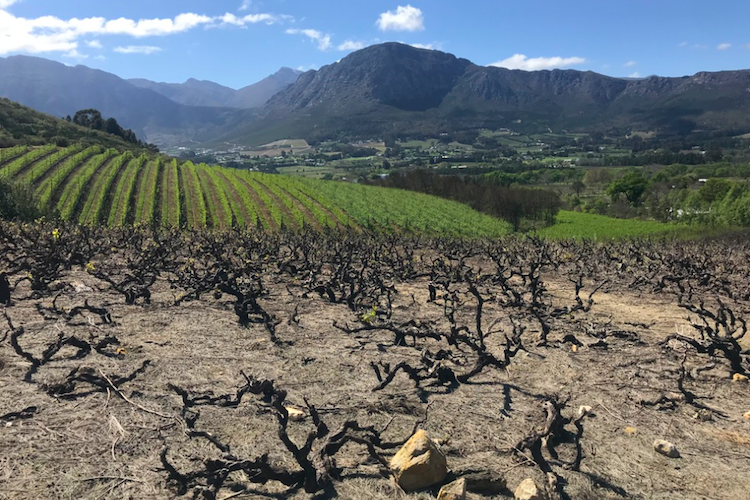Can we stop using the terms Old World and New World already? Wouldn’t it be more accurate to simply say Europe and elsewhere? (Though, admittedly, the Middle East and North Africa may take issue with that.) Many of the stylistic lines that separate the two designations have blurred, and even the use of the word old is suspect. Yes, of course Europe’s tradition of wine production is more established, but the same can’t necessarily be said of its vines. Thanks to phylloxera backpacking its way across Europe in the 1860s and ‘70s, the majority of the continent’s vineyards were grubbed up decades after colonialism had spread vinifera around the globe.
Old vine is as nebulous a term as Old World, and yet we see it everywhere. In France, it is vieilles vignes; Spanish labels proclaim viñas viejas; and in Germany and Austria, it goes by alte reben. These words conjure low bush-trained vines, twisted and thick, reaching like the arthritic hands of our grandparents out from the earth. They speak to ancient ways and simpler times, to tradition and history, wisdom and survival. Whether or not they actually produce better wines is a matter of some debate; their marketing appeal is not.
For the most part, these terms are unregulated—that is, it is up to the producer to determine whether or not their vines are viejas. Only recently have a few corners of the world attempted to codify their meaning. Ironically, this phenomenon has been mostly relegated to the so-called New World. Perhaps these regions are simply seizing an overlooked opportunity. Or maybe the stigma of being labeled “new” for so long has instilled in them a deep appreciation for such tangible manifestations of heritage.
Read the full article on GuildSomm.


